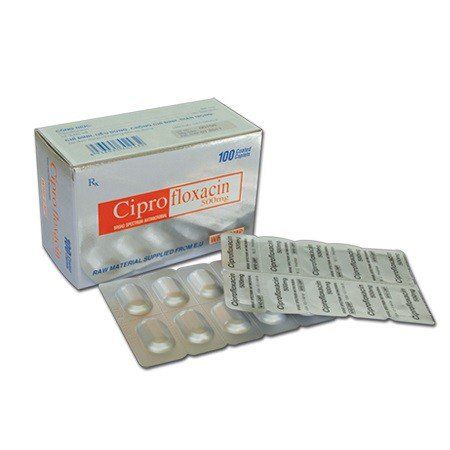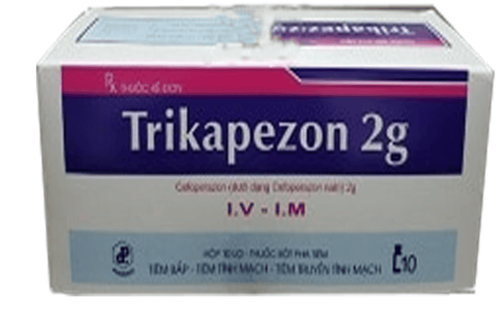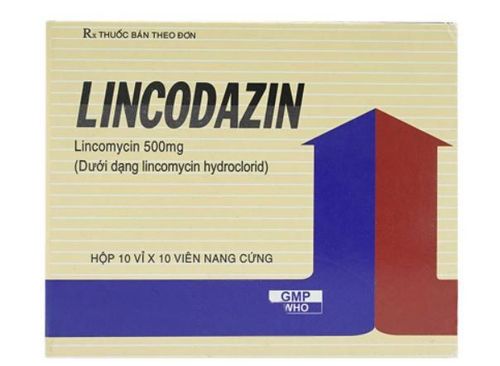This is an automatically translated article.
The article was professionally consulted by Specialist Doctor I Do Van Manh - Emergency Resuscitation Doctor - Emergency Resuscitation Department - Vinmec Ha Long International HospitalSepsis is an acute infectious disease with a high mortality rate. Sepsis can be life-threatening, but the condition can range from mild to severe depending on the stage of the disease.
1. What is sepsis?
Sepsis is a severe systemic infection caused by repeated entry into the bloodstream of pathogenic bacteria and its toxins. The clinical picture is diverse because the disease progression depends not only on the pathogen but also on the response of each patient's body. The disease is progressive and has no tendency to resolve on its own if left untreated.2. People at high risk of sepsis
The elderly, infants/premature babies. People using immunosuppressive drugs, such as long-term corticosteroid use, anti-rejection drugs, or undergoing chemotherapy and radiation therapy. Patients with chronic diseases, such as diabetes, HIV/AIDS, cirrhosis of the liver, heart valve disease and congenital heart disease, chronic lung disease, chronic kidney failure. Patients with splenectomy, alcohol abuse, blood malignancy, agranulocytosis. The patient has placed invasive devices or instruments such as intramedullary nails, catheters, endotracheal tubes, etc.
3. Stages of sepsis
There are three stages of sepsis: sepsis, severe infection, and septic shock.Infectious stage : Symptoms of this stage include: Fever more than 38°C or body temperature below 36°C Heart rate more than 90 beats/minute Breathing rate more than 20 breaths/minute Suspected or confirmed infection . A patient must have 2 of the above symptoms to be diagnosed with sepsis.
Severe infection stage : Severe infection occurs when there is an organ failure. Patients may have one or more of the following to diagnose severe sepsis: Discolored areas of the skin Decrease urination Mental changes Thrombocytopenia Respiratory problems Functional abnormalities Cardiac function Chills due to a drop in body temperature Unconsciousness Extreme weakness Stage of septic shock : Symptoms of this stage include those of a severe septic phase accompanied by a very low drop in blood pressure. Sepsis can be cured if the patient is quickly taken to the hospital for intensive treatment.
Please dial HOTLINE for more information or register for an appointment HERE. Download MyVinmec app to make appointments faster and to manage your bookings easily.














